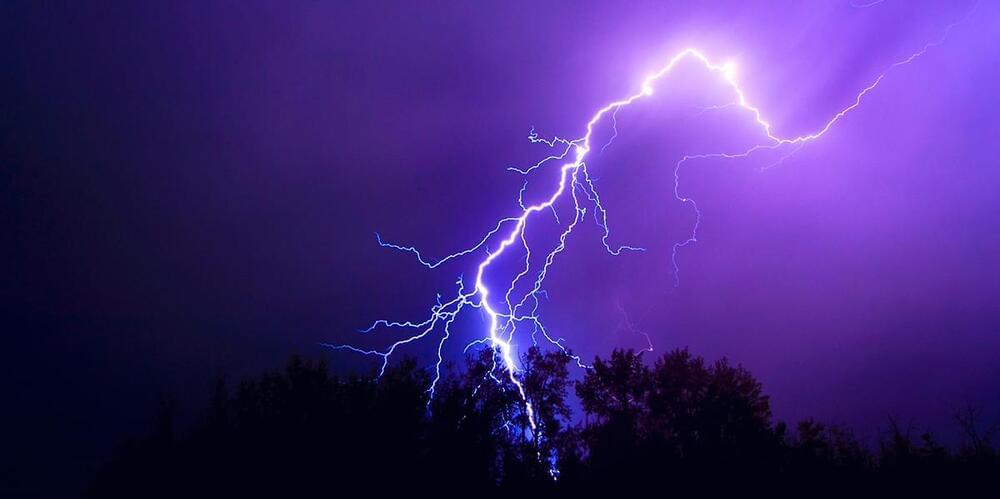During a summer storm in 2018, a momentous lightning bolt flashed above a network of radio telescopes in the Netherlands. The telescopes’ detailed recordings, which were processed only recently, reveal something no one has seen before: lightning actually starting up inside a thundercloud.
In a new paper that will soon be published in the journal Geophysical Research Letters, researchers used the observations to settle a long-standing debate about what triggers lightning — the first step in the mysterious process by which bolts arise, grow and propagate to the ground. “It’s kind of embarrassing. It’s the most energetic process on the planet, we have religions centered around this thing, and we have no idea how it works,” said Brian Hare, a lightning researcher at the University of Groningen and a co-author of the new paper.
The schoolbook picture is that, inside a thundercloud, hail falls as lighter ice crystals rise. The hail rubs off the ice crystals’ negatively charged electrons, leading the top of the cloud to become positively charged while the bottom becomes negatively charged. This creates an electric field that grows until a gigantic spark jumps across the sky.
